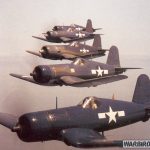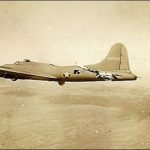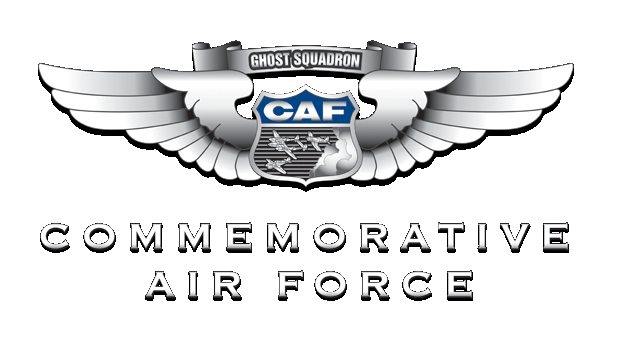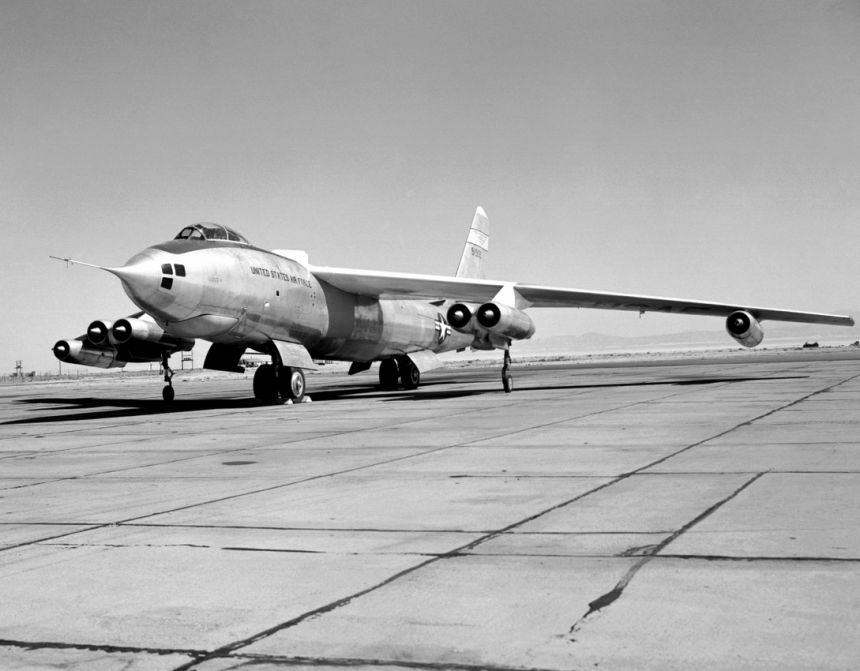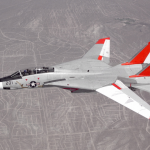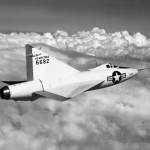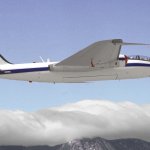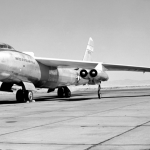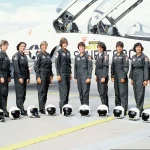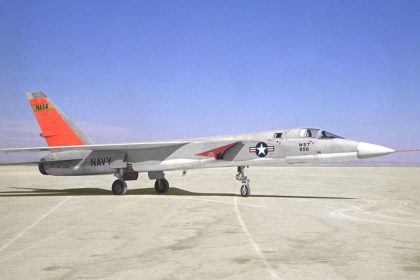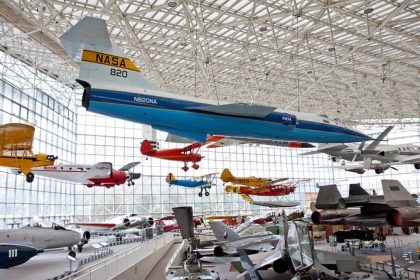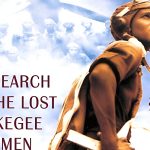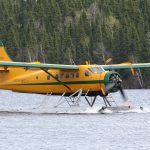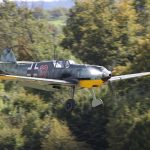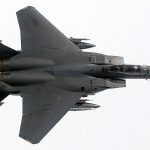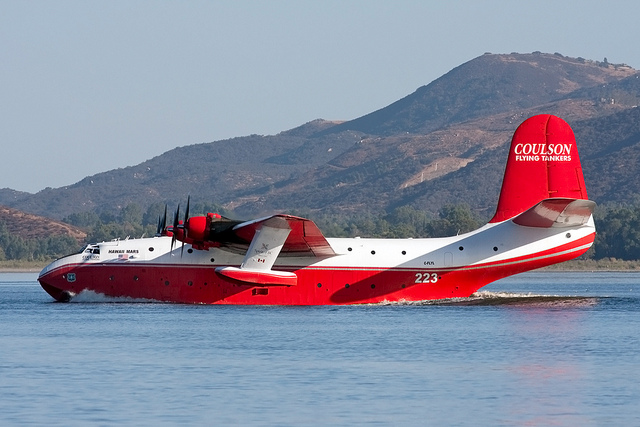With the launch of “The Other First Man,” we introduced a new series titled Flight Test Files, focused on the fascinating legacy of aeronautical advancements pioneered by NACA and later by NASA. This series highlights the aircraft operated by NASA’s Dryden Flight Research Center—now known as the Armstrong Flight Research Center—located in Edwards, California. Since the 1940s, Dryden has been a hub for cutting-edge flight testing, contributing significantly to the development of modern aviation technologies.
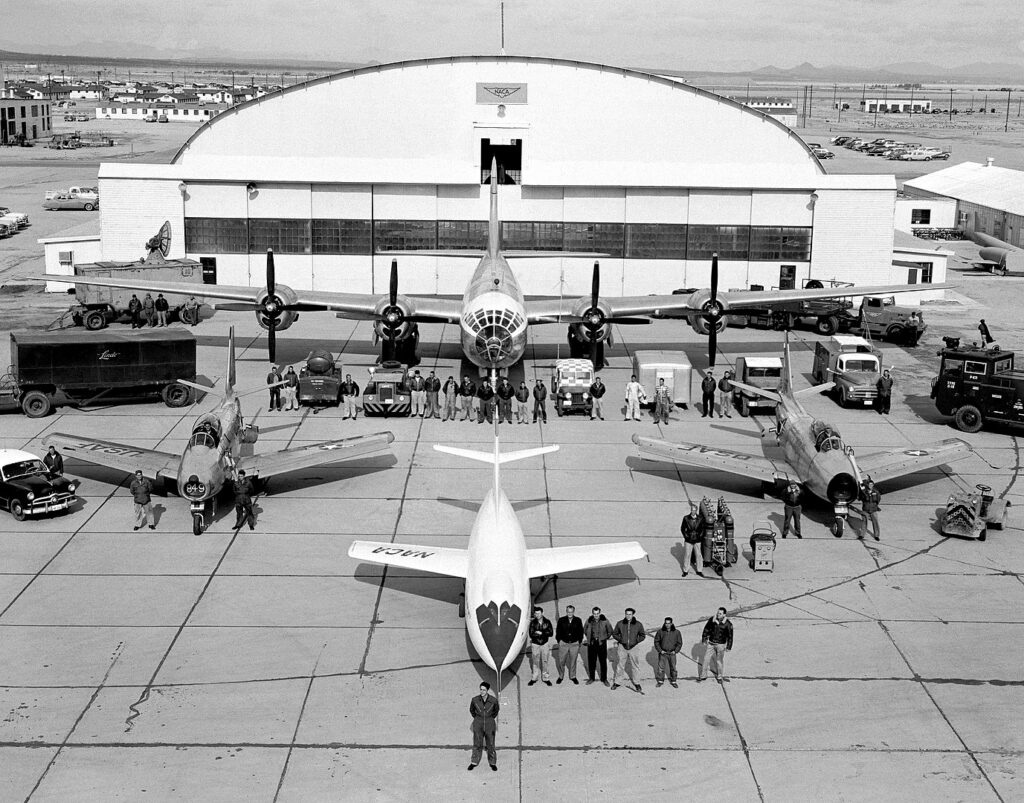
The Boeing B-47A Stratojet (serial number 49-1900) holds a special place in aviation history—not just as the first B-47 built at Boeing’s Wichita, Kansas facility, but also as a vital contributor to early research into the behavior of large, flexible, swept-wing aircraft. Designated NACA 150, this Stratojet was acquired by the National Advisory Committee for Aeronautics (NACA) in 1953 for a series of groundbreaking flight tests.

At the time, both Langley Memorial Aeronautical Laboratory and Ames Aeronautical Laboratory were eager to explore how aeroelasticity—the interaction of aerodynamic forces and structural flexibility—affected aircraft performance. Langley was particularly focused on structural loads, while Ames concentrated on dynamic stability. However, neither center had runways long enough to accommodate the B-47, so the aircraft was assigned to NACA’s High-Speed Flight Research Station at Edwards Air Force Base in California.

From May 1953 until 1957, NACA 150 flew numerous test missions at Edwards, contributing vital data to the evolving understanding of aircraft dynamics. The B-47A represented a significant departure from earlier, more rigid aircraft designs. Its high-aspect-ratio swept wings, slender fuselage, and thin airfoils increased flexibility—introducing new challenges related to aeroelasticity that traditional testing methods couldn’t fully predict These dynamic effects were particularly critical in the development of automatic control systems, where structural flexing could cause instabilities absent in more rigid airframes. Although the B-47A appeared structurally sound upon arrival, flight testing revealed notable shortcomings—particularly buffeting issues that limited both its top speed and achievable lift.

Despite these problems, the B-47A test program proved invaluable. It produced technical reports that guided engineers across the aerospace industry, offering unprecedented insights into the dynamic behavior of large, flexible swept-wing aircraft. This foundational work informed the development of next-generation platforms such as the Boeing KC-135 Stratotanker and the 707 commercial jetliner—two aircraft that would go on to define modern aerial refueling and commercial air travel. In many ways, the B-47A’s time at Edwards marked a turning point in flight research, paving the way for safer, more stable high-speed aircraft—and showcasing the critical role NACA played in shaping the future of aviation.

The door to the cockpit area is open, showing a view of the ladder that folds down to be used by the pilots to enter and leave the area. NASA Photo




